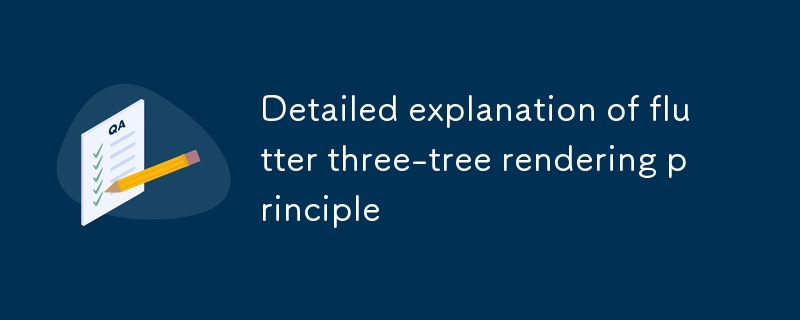
Flutter employs three tree structures (widget, layer, and raster trees) in its rendering engine to achieve efficient UI rendering. The widget tree defines the UI layout, the layer tree represents the visual elements, and the raster tree translates th

1. What is the architectural design behind Flutter's rendering engine?
Flutter employs a distinct architectural design for its rendering engine, which revolves around three primary tree structures: the widget tree, the layer tree, and the raster tree. Each of these trees serves a specific purpose in the rendering pipeline, ensuring efficiency and optimal performance.
2. How does Flutter leverage distinct tree structures to achieve efficient rendering?
Flutter's utilization of three distinct trees allows for efficient rendering by:
3. Explain the role of the raster tree and its relationship with the widget and layer trees.
The raster tree plays a crucial role in Flutter's rendering process. It's generated from the layer tree and serves as a bridge between the logical UI description (widget tree) and the physical representation of the app's visuals (layer tree). The raster tree consists of a sequence of painting commands, which instruct the GPU on how to draw the UI elements. This decoupling allows Flutter to efficiently update only the portions of the screen that have changed, resulting in smoother and more responsive animations and UI interactions.
The above is the detailed content of Detailed explanation of flutter three-tree rendering principle. For more information, please follow other related articles on the PHP Chinese website!




